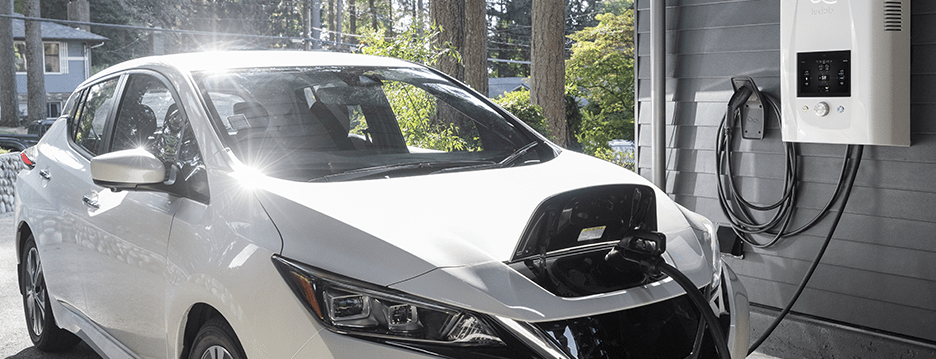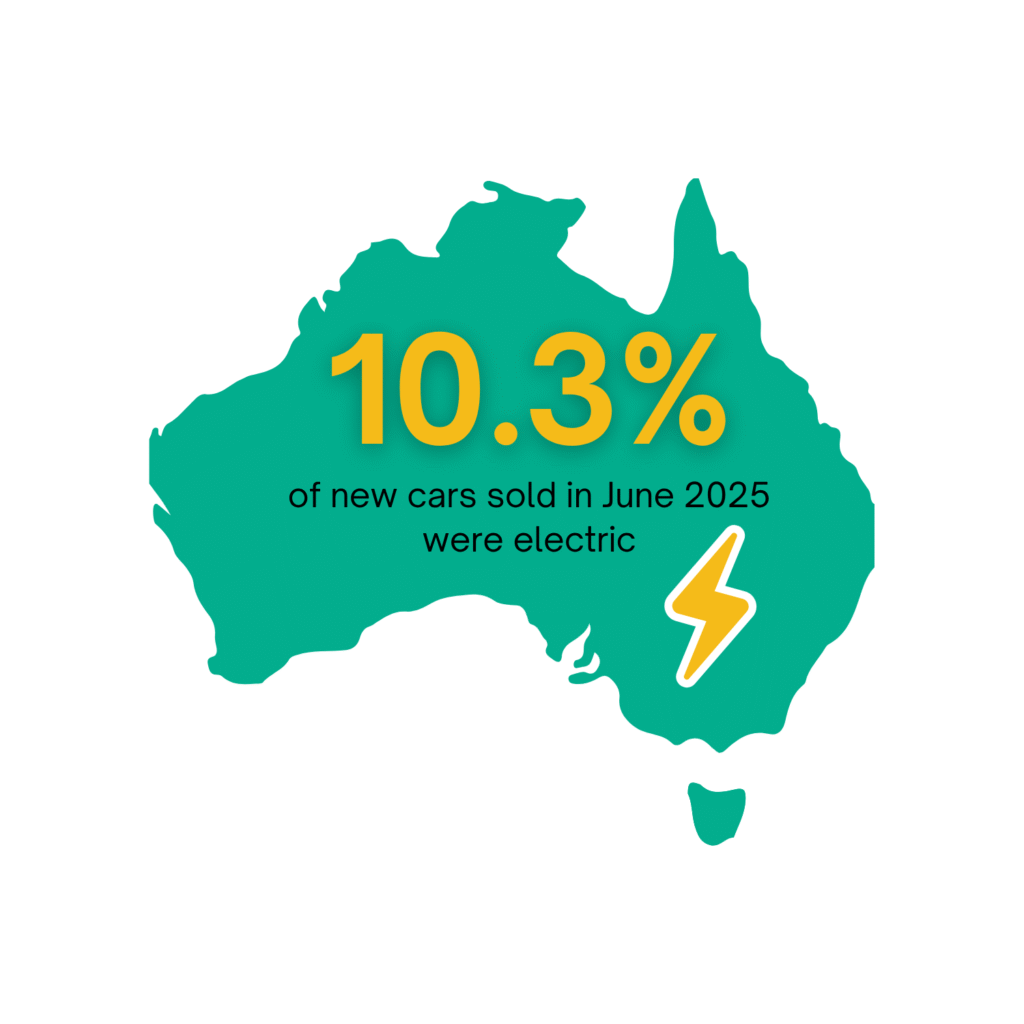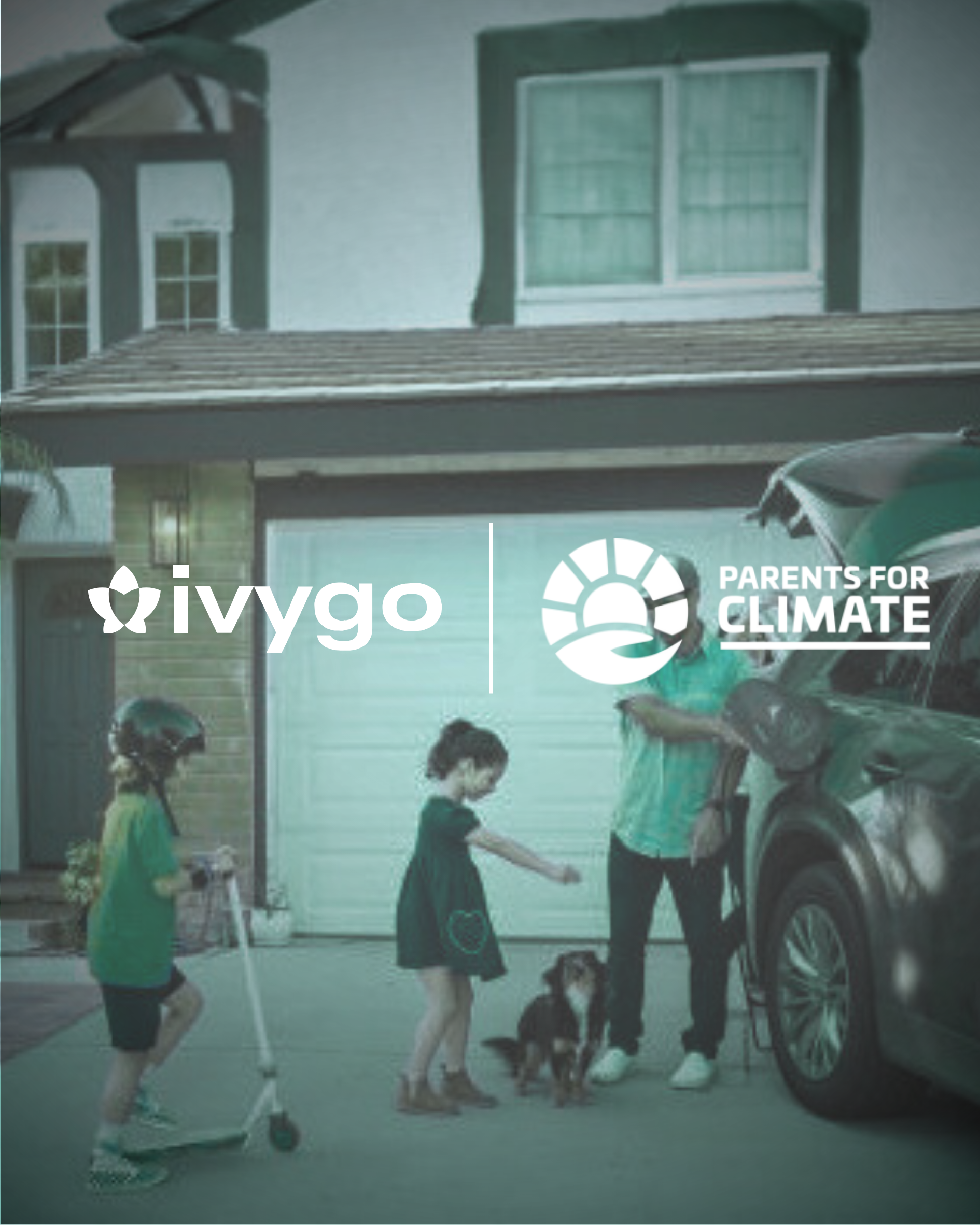In June 2025, electric vehicles made up 10.3% of new car sales in Australia — our highest monthly share to date. It is a clear sign that the transition is well underway, and that the shift to a more sustainable future is no longer about if, but how we make it work for everyone — which is, of course, wonderful and exciting news.
But while more Australians are making the switch to EVs, the playing field is still far from even. A growing divide is emerging between those who can easily charge at home and those who cannot — and that is a social gap we urgently need to address.
That is exactly why we started ivygo: so that everyone can enjoy the benefits of driving an EV, even if they do not have a charger at home.
From Frustration to Action
I love my EV and would never go back to petrol. But when I first made the switch, I did not have a home charger. That meant I was constantly juggling charging needs with work, family, and everyday life — often detouring, queuing, or arriving at a charger that was broken or taken. It was time-consuming, and far more stressful than it needed to be.
I eventually installed a home charger, but that experience stuck with me. It made me realise just how unfair the current system is. If you own your home and have a driveway, charging is cheap and convenient. But if you rent, live in an apartment, or do not have off-street parking, charging is harder, less reliable, and costs more.
That is the inequity ivygo was created to solve. Because when we talk about EVs, we are not just talking about transport — we are talking about climate, health, and the future of our cities.
Cleaner Transport, Real Impact
One of the strongest reasons to support electric vehicles is their potential to cut emissions. Petrol cars are a major contributor to Australia’s carbon footprint, with each vehicle emitting around 4.6 kilograms of CO₂ per day — that is over 30 kg a week, roughly the weight of a small child.
In contrast, EVs produce zero tailpipe emissions. And when powered by renewable energy, their impact drops even further. In The Big Switch, Saul Griffith from Rewiring Australia estimates that electrifying our homes and vehicles could reduce household emissions by up to 42%.
This kind of shift is not just helpful — it is essential. But if we want it to succeed, we need everyone in our communities to be part of it, not just those with the means to charge at home.

Boosting Australia’s Energy Independence and Resilience
ut the transition to EVs is about more than just transport — it is also a big step toward greater energy independence and resilience. EVs pair naturally with renewables like solar, creating a cleaner, self-sustaining energy cycle right at home. Many Australian drivers with solar panels are already charging their cars with energy generated from their own rooftops — cutting both costs and emissions.
As Saul Griffith points out, fully electrifying our homes and vehicles could save households up to $5,000 a year by 2030. Imagine a future where your car runs on sunshine, and your power bill shrinks.
But right now, that future is only accessible to a portion of the population. That is why ivygo exists — to help bridge that gap. By enabling charger sharing, we unlock these benefits for everyone, not just homeowners with solar. We also strengthen community resilience, making it easier for more people to drive electric using local, trusted, accessible charging options.
Creating Cleaner, Quieter Cities for Healthier Communities
The EV transition is not just about transport — it is about improving the places we live. Petrol and diesel vehicles generate significant air and noise pollution, which affects our health and quality of life.
EVs, on the other hand, are almost silent and produce no tailpipe emissions. They make our streets calmer, cleaner, and more enjoyable to be in.
A great example of this is a short video shared by Sarah Aubry from Electrify This, showing how quiet the streets of Shanghai have become thanks to widespread EV adoption. It is a powerful glimpse of what our future cities could look and sound like:
Cleaner air, less noise, and safer, more liveable neighbourhoods are not a distant dream — they are within reach if we ensure that everyone has a way to participate in the transition.
Bridging the Gap: The Challenge of EV Charging in Australia
For all these benefits, a major hurdle remains: accessible charging infrastructure. While public chargers play a role, they alone cannot meet the growing demand, especially for Australians living in apartments or homes without private driveways. This is often the biggest barrier for those considering the switch.
We need a collective effort to make EV charging as convenient as finding a petrol station. This is where community-based solutions become essential.

Join the Charge: How You Can Support the EV Transition
Australia is at a turning point. EV adoption is accelerating, public support is growing, and the case for cleaner transport has never been clearer. But this shift will only succeed if it is accessible — not just to some, but to everyone.
At ivygo, we are committed to making that future possible by connecting people with the charging access they need, right in their own communities. Because every locally powered EV trip is not just a step towards net zero — it is a step towards a fairer, healthier Australia.
Ready to make EV charging fair, local and accessible.



